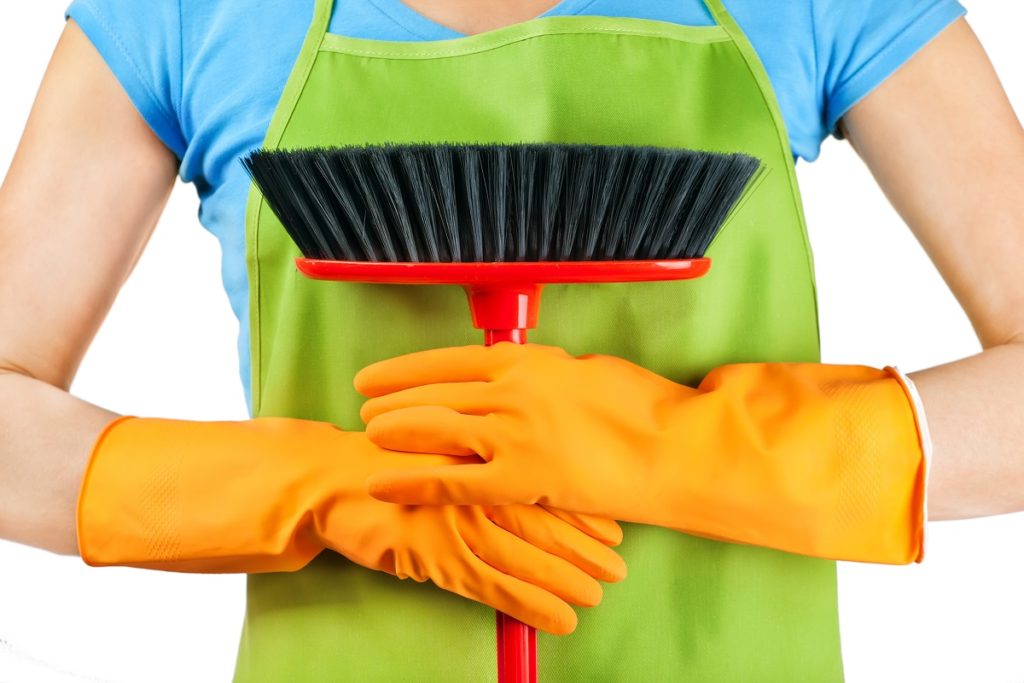Indoor air quality is essential and is often impacted by air contaminants ushered inside a home by people, household cleaning materials, outdoor air, and pets. The most common pollutants that can invade your home include dust mites, pollen, bacteria, mold, and volatile organic compounds (VOCs). Although these aren’t as big of a threat for outdoor air, it’s a whole different story for indoor air.
These air pollutants tend to be present in higher concentrations inside your home because indoor places are less ventilated, letting the contaminants gather inside. It can be challenging to get them out, and these can trigger asthma attacks, allergies, or severe respiratory conditions if left unchecked.
To help you, here’s how you can improve air quality for a better and cleaner home.
Clean Your Home Regularly
The easiest air purifying method you can do at home is to clean your house regularly. Cleaning your air duct once a month is essential as these can quickly gather dust mites and other harmful pollutants over time. You can hire professional air duct cleaning services to ensure that your home gets cleaned thoroughly. Vacuuming is also vital, but this isn’t only limited to the floors, but you should also include walls, upholstered furnishings, and carpet edges.
Avoid Using Household Cleaning Products
When cleaning your home, it’s best to avoid cleaning products that contain volatile organic compounds such as chlorine and ammonia. These VOCs can pollute your home’s indoor air, so use products that are low in VOCs or fragrance-free.

Increase Ventilation in Your House
One of the best ways you can naturally incorporate cleaner air inside your home is by increasing ventilation. Ventilating your house can significantly reduce moisture levels, which is a significant issue for indoor air quality. The best way you can increase ventilation is by installing trickle vents in your home, purifying, and cycling the air you breathe indoors. You can also install exhaust fans that can carry air pollutants outside.
The most important part of the house that you should consider installing proper ventilation is in the kitchen since cooking is a significant source of indoor air pollution, primarily if you use a conventional gas stove.
Turn On Your Air Conditioner
During warmer days, it’s best to use your air conditioners because many air pollutants are water-soluble. Your air conditioning units can remove the water or moisture from the atmosphere inside your home, effectively removing the harmful contaminants.
Fill Your Home with Air Purifying Houseplants
The National Aeronautics and Space Administration (NASA) conducted a study that proved certain houseplants can purify and rejuvenate the indoor air in our homes. These super plants can safeguard you from the side effects of prevalent air toxins such as benzene, ammonia, and formaldehyde. It’s best to litter your home with these plants to give you a more natural, efficient air cleaning method, making your home beautiful and healthier.
Install HEPA Filter
Increase your air conditioner’s positive effects by installing a disposable high-efficiency particulate air (HEPA) filter. You can also opt for stand-alone HEPA air cleaners for each room in your home. They purify your home by forcing air through a fine mesh filter and trapping the harmful air pollutants, bringing relief to the tenants inside the house.
Improving air quality at home is a manageable task, and all of these methods are proven to work. After incorporating these techniques, you’ll notice your indoor air quality gradually getting better, giving you a healthier and cleaner home.


